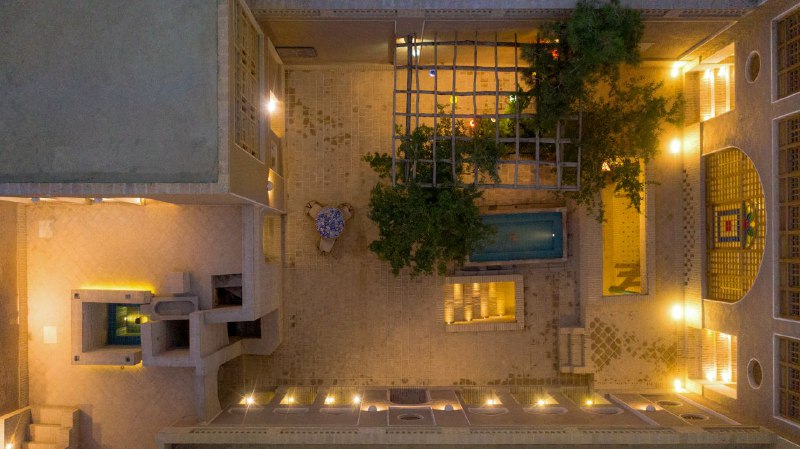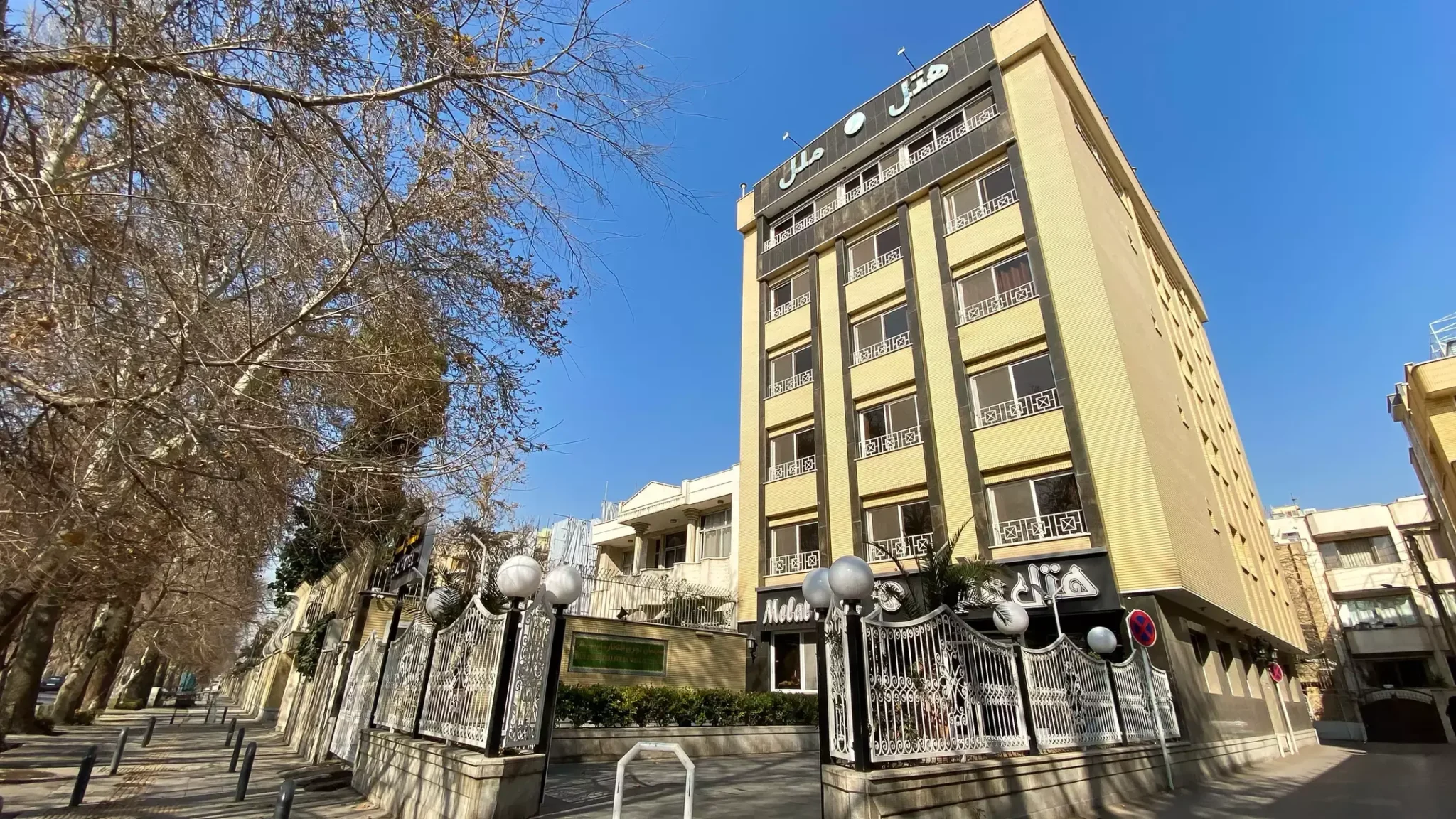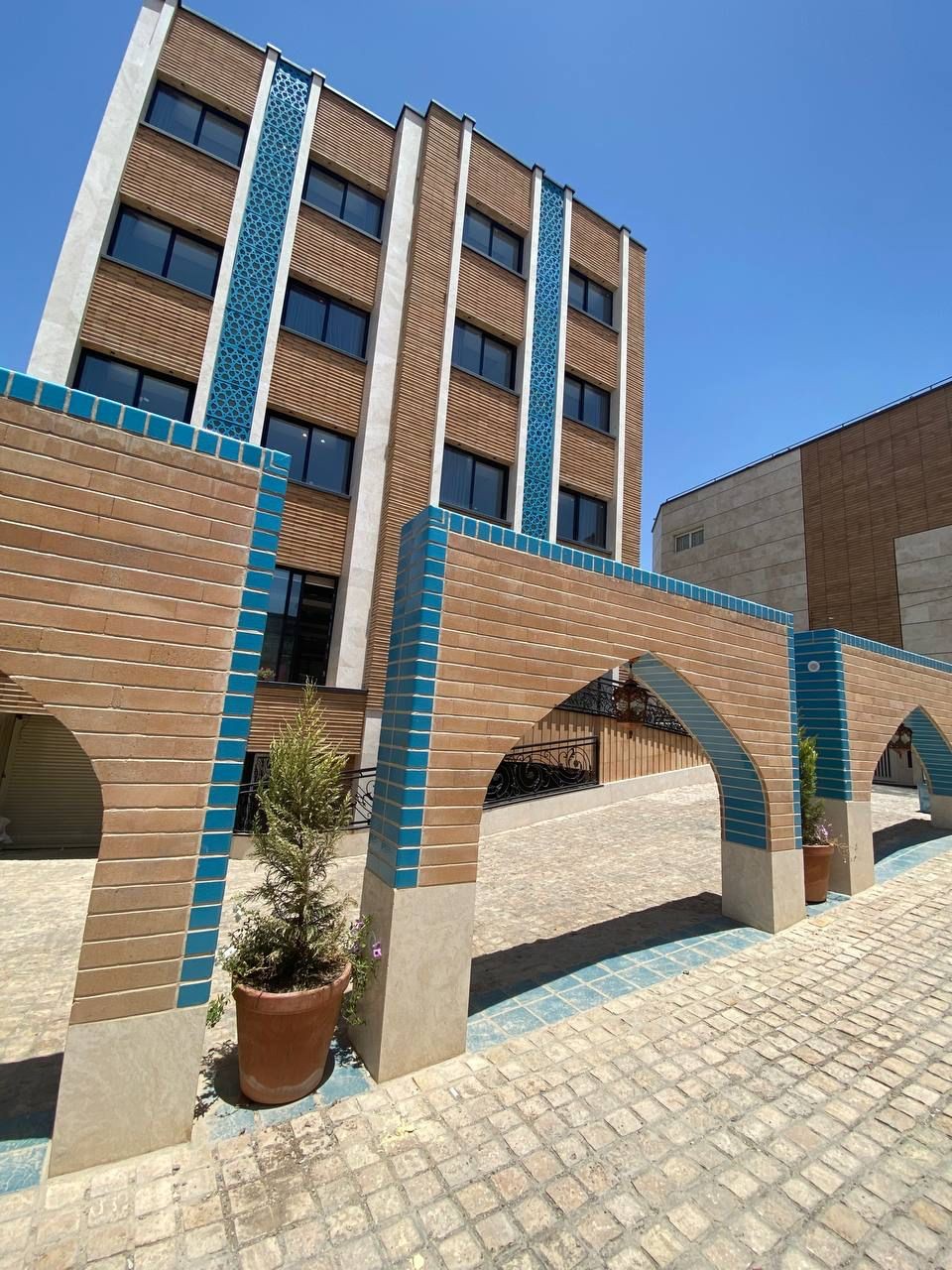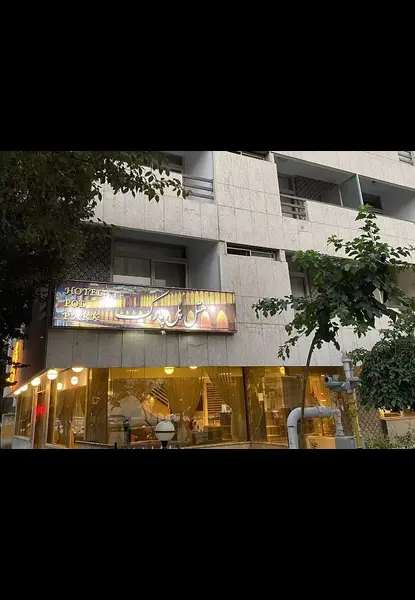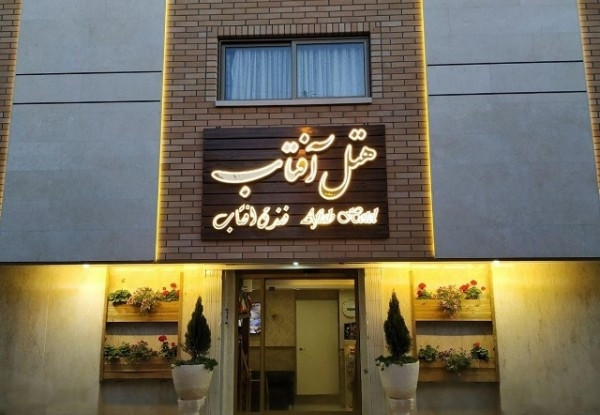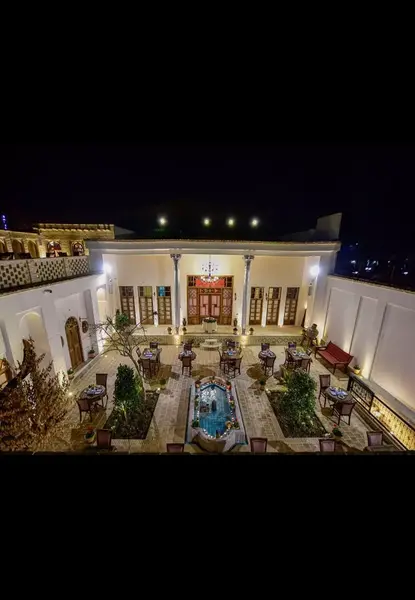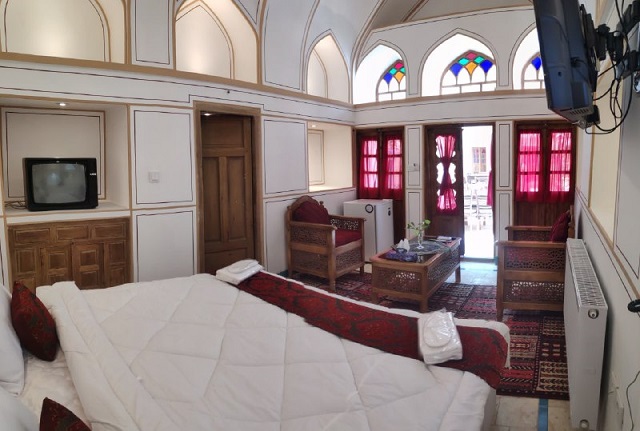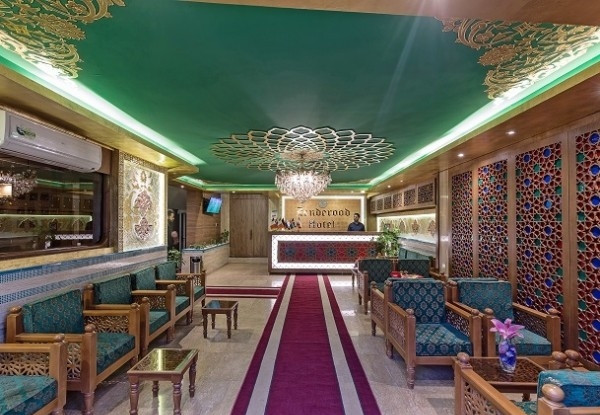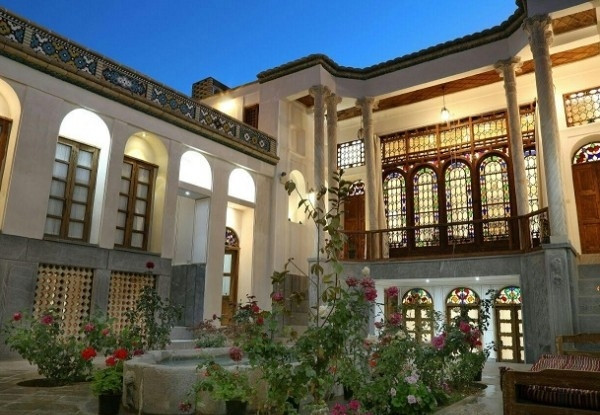Where Is Isfahan? A Complete Guide to Traveling to Isfahan
Isfahan, often referred to as “Half of the World” (Nesf-e Jahan in Persian), is one of Iran’s most beautiful and culturally rich cities. It is located in the central part of the country, approximately 450 kilometers south of Tehran, Iran’s capital. Known for its stunning historic architecture, vibrant bazaars, and breathtaking gardens, Isfahan is a must-visit destination for travelers seeking to explore Iran’s rich heritage.Here is a complete guide to traveling to Isfahan by Seyaaha.com .
Table of Contents
- Where Is Isfahan?
- How to Travel to Isfahan
- By Air
- By Train
- By Bus or Car
- What to See in Isfahan
- Naqsh-e Jahan Square (Imam Square)
- Si-o-Se-Pol Bridge
- Chehel Sotoun Palace
- Jameh Mosque of Isfahan
- Isfahan Bazaar
- Best Time to Visit
- Local Cuisine and Culture
- Nearby Attractions
- Conclusion
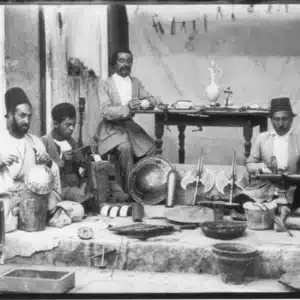
Where Is Isfahan?
Isfahan is located in central Iran in the province of the same name. It lies approximately 450 kilometers (280 miles) south of Tehran, Iran’s capital, and is nestled in a fertile plain along the Zayandeh River. This strategic location has historically made Isfahan a hub for trade, culture, and art, especially during its golden age under the Safavid dynasty in the 16th and 17th centuries.
The city sits at an altitude of about 1,570 meters (5,150 feet) above sea level, giving it a pleasant climate for much of the year. Its central location makes it easily accessible from other major cities in Iran, such as Tehran, Shiraz, and Yazd.
How to Travel to Isfahan
By Air
Isfahan’s Shahid Beheshti International Airport (IFN) connects the city to major cities in Iran and select international destinations such as Istanbul and Dubai. Domestic flights from Tehran, Shiraz, and Mashhad are frequent and convenient, typically taking about an hour.
By Train
Isfahan is well-connected by Iran’s rail network. Trains from Tehran to Isfahan are a popular choice, offering a comfortable and scenic journey that takes around 6-7 hours. First-class and sleeper options are available for added comfort.
By Bus or Car
Modern highways link Isfahan to Tehran, Shiraz, and Yazd, making it easy to travel by bus or private car. VIP buses are a budget-friendly and comfortable option, with reclining seats and onboard amenities. Driving offers flexibility to explore nearby attractions, such as the desert towns of Kashan and Yazd.
Best Hotels in Isfahan
A Brief History of Isfahan
Isfahan, one of Iran’s most historic and beautiful cities, has a history spanning thousands of years. Located in central Iran, it has been a hub of culture, trade, and governance throughout various empires.
Early History
Isfahan’s roots date back to the Elamite period (2700–1600 BCE). It became significant under the Median and Achaemenid Empires, serving as a key trade and cultural center. During the Sassanid Empire (224–651 CE), it grew further as a provincial capital.
Islamic Conquest and Early Islamic Era
Isfahan was captured by Arab forces in 642 CE and flourished under the Buyid Dynasty (934–1055) as an early cultural and administrative center.
Seljuk Era: The First Golden Age
Under the Seljuk Empire (1037–1194), Isfahan reached its first golden age as the empire’s capital. Iconic structures like the Jameh Mosque and civic infrastructure were built, making the city a center of Islamic art and learning.
Mongol Invasion
In the 13th century, Isfahan was sacked by the Mongols, leading to significant decline. It recovered under the Ilkhanate, with new buildings and cultural revival.
Safavid Era: The Second Golden Age
The Safavid Dynasty (1501–1736) made Isfahan their capital in 1598 under Shah Abbas I, ushering in its second golden age. Landmarks like Naqsh-e Jahan Square, Si-o-Se-Pol Bridge, and stunning mosques were built. The city became a global center for trade, art, and culture, earning its nickname “Half of the World.”
Decline and Modern Era
After the Safavid fall, Isfahan declined due to invasions and neglect. Under the Pahlavis (1925–1979), efforts were made to restore its historical sites. Today, Isfahan is a major cultural and tourist destination, showcasing Iran’s rich heritage.
Isfahan’s history reflects its resilience and brilliance, standing as a symbol of Persian civilization and artistry.
A Brief History of Isfahan
What to See in Isfahan
Isfahan is a treasure trove of historical and cultural landmarks, many of which are UNESCO World Heritage Sites. Here are the city’s must-see attractions:
1. Naqsh-e Jahan Square (Imam Square)
This iconic square, one of the largest in the world, is surrounded by architectural masterpieces such as:
- Imam Mosque: A stunning example of Safavid-era Islamic architecture, adorned with intricate tilework.
- Sheikh Lotfollah Mosque: Known for its exquisite dome and delicate interior mosaics.
- Ali Qapu Palace: A grand six-story palace with sweeping views of the square.
- Isfahan Bazaar: A vibrant market offering traditional crafts, carpets, spices, and souvenirs.
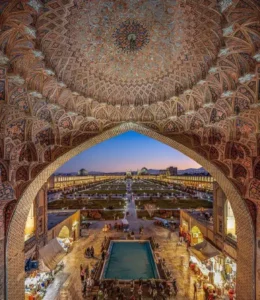
2. Si-o-Se-Pol Bridge
The 33-arch bridge, spanning the Zayandeh River, is a symbol of Isfahan. It’s particularly enchanting at night when it’s illuminated, and locals gather to sing and socialize.
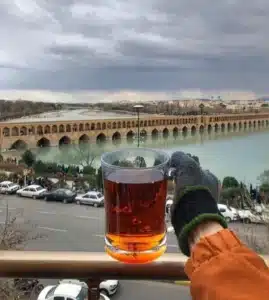
3. Chehel Sotoun Palace
This 17th-century pavilion, surrounded by a lush garden and a reflecting pool, features stunning frescoes, mirrorwork, and Persian miniature art.
4. Jameh Mosque of Isfahan
A masterpiece of Islamic architecture, this mosque showcases over a millennium of architectural evolution, from the Seljuk to the Safavid periods.
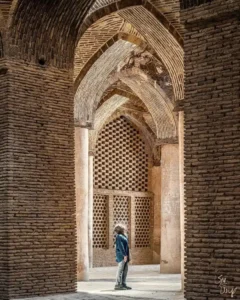
5. Isfahan Bazaar
This sprawling market is a paradise for shoppers and culture enthusiasts. You can find everything from Persian carpets and textiles to ceramics and jewelry.
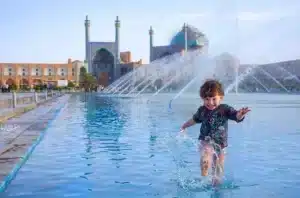
Best Time to Visit
The best times to visit Isfahan are spring (March to May) and autumn (September to November), when the weather is mild and pleasant. During these seasons, the city’s gardens are in full bloom, and outdoor exploration is comfortable. Summers can be hot, with temperatures reaching up to 40°C (104°F), while winters are cold but manageable.
Local Cuisine and Culture
Isfahan is a culinary delight, with dishes that reflect its rich history and culture. Some must-try local foods include:
- Beryani: A signature Isfahani dish made from minced lamb, served with bread.
- Khoresht Mast: A saffron-flavored yogurt stew, often served as a dessert.
- Gosh-e Fil: Sweet fried pastries often paired with Doogh, a tangy yogurt drink.
The people of Isfahan are known for their warmth and hospitality. Don’t be surprised if locals invite you for tea or engage you in friendly conversation.
Nearby Attractions
Isfahan’s central location makes it a great base for exploring nearby attractions:
- Kashan: Known for its traditional houses, Persian gardens, and the nearby Maranjab Desert.
- Yazd: A UNESCO-listed desert city famous for its windcatchers, Zoroastrian fire temples, and mudbrick architecture.
- Abyaneh Village: A picturesque red village with a rich cultural heritage.
How to Travel to Isfahan Using Seyaaha.com
Traveling to Isfahan is now easier than ever with Seyaaha.com, the first online booking platform specializing in flights and accommodations in Iran. Here’s a brief guide on how to use this platform to plan your trip:
1. Search for Flights or Accommodations
- Visit Seyaaha.com and enter your travel details (departure city, destination as Isfahan, and travel dates).
- Browse through a variety of options, including local and international flights or 1800 hotels, hostels, and accommodations available in Isfahan.
2. Compare and Choose the Best Option
- Use the filters to sort by price, location, or amenities to find the best deal.
- For flights, Seyaaha.com provides a wide range of local and international airlines with competitive prices.
3. Check Exchange Rates
- Before proceeding to payment, you can check the current exchange rates directly on the website of Bank Muscat, ensuring transparency and accuracy.
4. Secure Online Payment
- Once you’ve selected your flight or accommodation, make your payment securely through the Bank Muscat payment gateway, one of the safest and most reliable gateways in the Sultanate of Oman.
5. Receive Instant Confirmation
- After completing the payment, you will immediately receive your hotel voucher or flight booking reference, eliminating the need to wait for manual confirmation.
6. Enjoy Your Trip to Isfahan
- With your travel plans set, you can now explore Isfahan, a city rich in history, culture, and stunning architecture.
Seyaaha.com makes the entire booking process seamless and efficient, allowing you to plan your trip to Isfahan in just a few clicks!
Conclusion
Isfahan is a city like no other—a place where history, art, and culture converge to create an unforgettable travel experience. From its awe-inspiring mosques and palaces to its lively bazaars and tranquil gardens, Isfahan truly lives up to its nickname, “Half of the World.” Whether you’re a history enthusiast, a foodie, or simply a curious traveler, Isfahan offers something special for everyone. Make sure to add it to your travel itinerary for a journey through one of Iran’s most captivating destinations!
We at seyaaha.com are there for you to support all your travel

